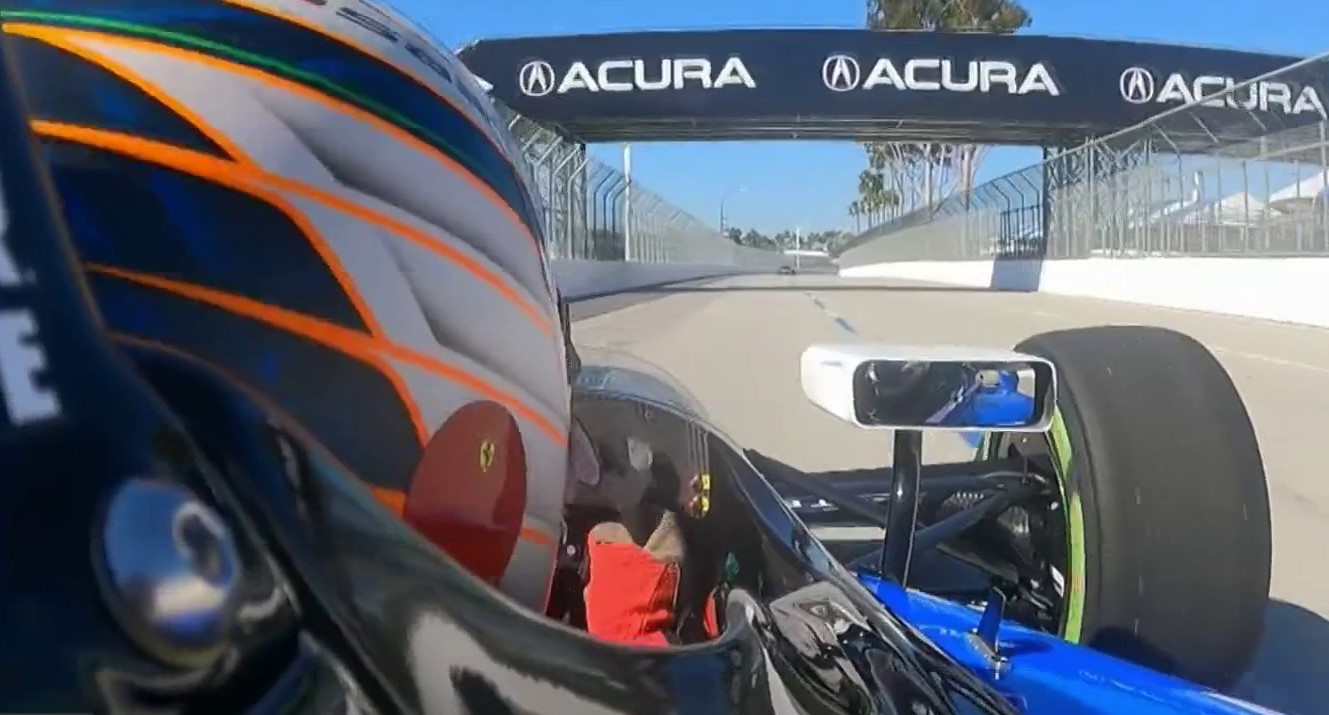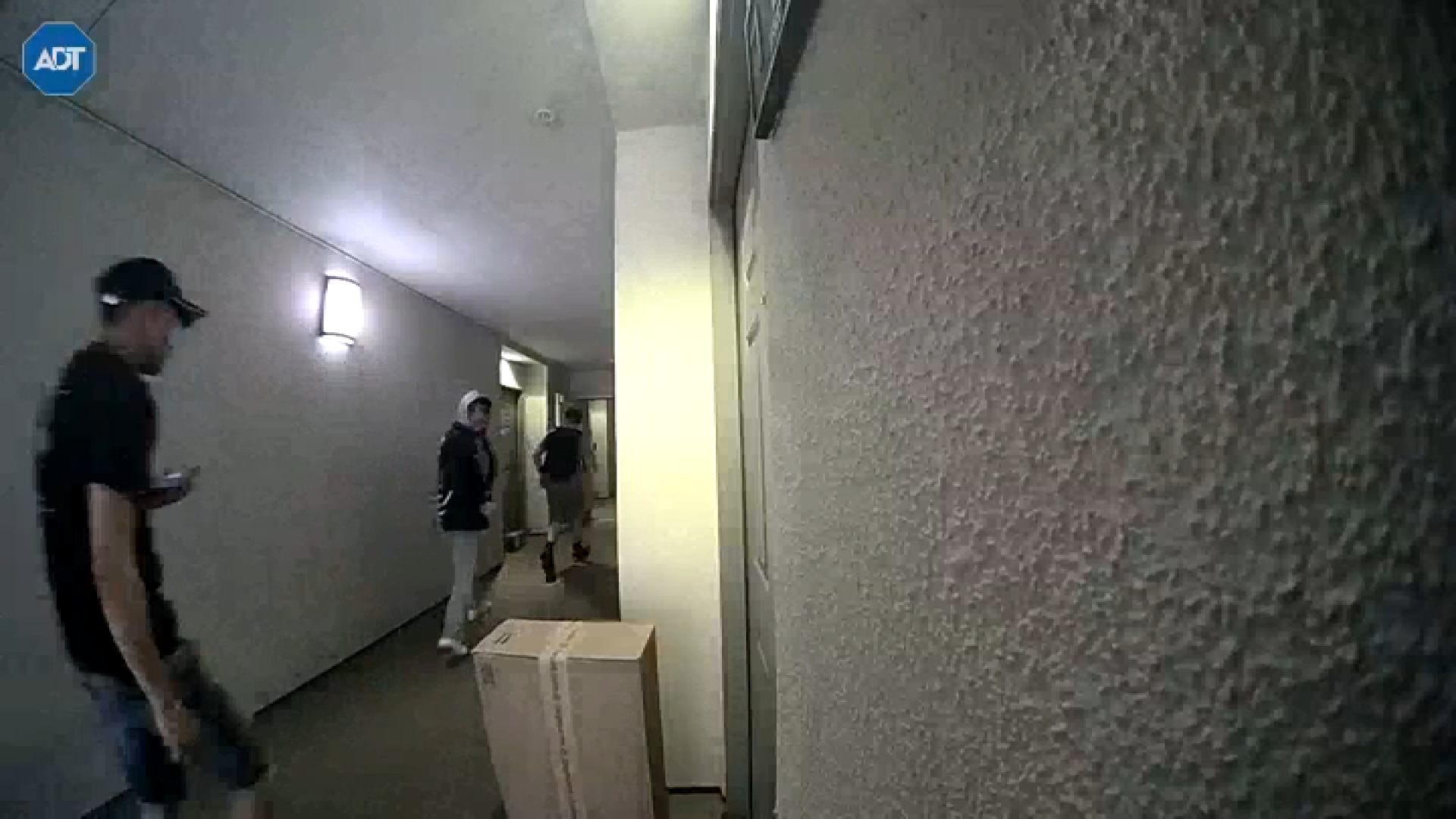A federal judge ruled this week that a California law that laid out strict cleanup standards at a former rocket engine and atomic test site is unconstitutional.
Previous Story: LA Nuclear Cleanup
The decision is a victory for the site's current owner, Boeing, which claimed it was being unfairly singled out and that the cleanup rules were unreasonable. In federal court, Boeing challenged the cleanup requirements of California law, SB990. The legislature passed it after Boeing had already agreed to a consent order that spelled out conditions for site cleanup, and begun work under the terms of that agreement. SB990 raised the bar, requiring the Santa Susana Field Laboratory to be restored to standards above Superfund requirements.
The state law treated Boeing and the Santa Susana site "far less favorably than it treats other contaminated sites and potentially responsible parties,'' U.S. District Judge John Walter wrote in a ruling released Tuesday.
Boeing applauded the ruling. But State environmental regulators said California will appeal, encouraging those who have long advocated the stricter standards in SB990.
Daniel Hirsch, president of the Committee to Bridge the Gap, said the ruling is "just a bump in the road."
"The judge has said he was simply a waystation on the road to the court of appeals," Hirsch said. "All we've got, basically, is a fairly irresponsible corporation that's refusing to do its part. They need to be forced to do what they should be doing voluntarily."
Also critical were community members of an activist group calling itself the Rocketdyne Cleanup Coalition. "Boeing would rather spend money on lawyers than cleanup," said Marie Mason, who lives in Simi Valley's southeast corner, below the Field Lab.
The California Environmental Protection Agency released a statement in which officials expressed disappointment with the ruling.
"The community deserves better," said Linda Adams, secretary for Environmental Protection.
Local
Get Los Angeles's latest local news on crime, entertainment, weather, schools, COVID, cost of living and more. Here's your go-to source for today's LA news.
The Santa Susana Field Lab consists of about 2,800 acres along a ridge between the Simi and San Fernando Valleys. Known as the Rocketdyne Lab during the Cold War, it was used by federal government contractors to test rocket fuels, and also for experiments with nuclear reaction. In 1959, one reactor suffered a partial meltdown, but the extent of the contamination release was withheld from the public for two decades, until unreleased documents detailing the accident were discovered by then-students of HIrsch at UCLA.
The facility operated as late as 2006. But operations there had already ramped down dramatically by the time Boeing gained possession of the site a decade earlier when it acquired then-owner Rockwell. For a time, there was talk of rehabbing the site for residential development, but that was shelved by the contamination concerns.
Hirsch has said computer modeling indicates escape of radioactive contamination in 1959 may have caused an increase in cancer cases in the greater area, perhaps hundreds of more cases than otherwise would have occurred, though this has never been proven.
Concern remains that rain runoff and strong winds continue to move contaminated soil particles into residential areas beyond the site's boundaries. "It's still contaminated. And it's still running down off that hill every time it rains and every time it's windy," said Holly Huff, another longtime Simi Valley resident active in the Cleanup Coalition.
Steps to deal with the runoff issue have been taken at the direction of the Regional Water Quality Control Board. Boeing maintains there is no evidence surrounding communities have ever been exposed to unhealthful levels of pollution from the site.
The federal government has said the SB990 court decision does not affect the commitment of the Department of Energy and NASA to cleanup their portions of the site. The DoE, successor to the old Atomic Energy Commission, is responsible for the contamination from the nuclear work that was done, and NASA oversaw the rocket fuel testing.
Significantly, the federal portions account for the greatest amount of contamination at Santa Susana. But there are additional contaminated areas that fall under the responsibility of Boeing. That was the subject of the lawsuit, and will be revisited in California's promised appeal.
In a statement, Boeing said it was pleased that the court agreed that "the cleanup of Santa Susana should not be treated differently from the cleanup of other sites in California.'' The aerospace company said it will continue to comply with the cleanup standards in the consent order that preceeded the law that's been struck down.
The deadline for ridding the site of chemical and radioactive pollution is 2017.
"People live beneath that site. People breathe that air. Kids play in the streams that run off that facility," said Hirsch. "It is time for it to get cleaned up."



